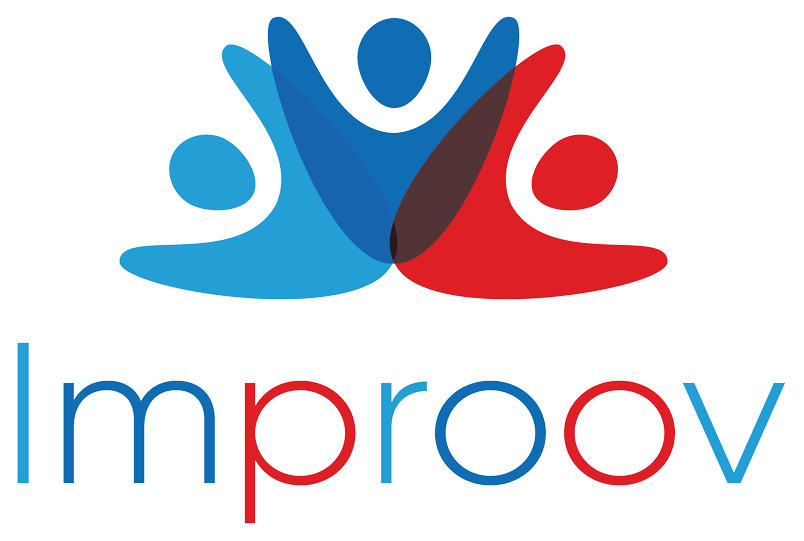One of the key areas of laboratory to physician communication is that of reporting critical values. Since regulators and accreditation organizations define critical values as abnormal test results that are life threatening and require a rapid response from caregivers, any steps taken to improve this process positively impacts the quality of patient care. This not only refers to the timely reporting of critical test results, but ensuring that these results reach the intended physicians no matter where they are; and that the information sent and received is secure.
Rapid and accurate communication of critical laboratory test results is required by the Clinical Laboratory Improvement Amendments (CLIA); included in all laboratory accreditation standards; stated as a National Patient Safety Goal; featured in the World Health Organization’s World Alliance for Patient Safety; and codified in the International Organization for Standardization standards for medical laboratories. Improvement in critical value notification is driven by the knowledge that timely reporting will lead to more effective clinical interventions with improved treatment outcomes and prevention of co-morbidities[i].
Thanks to the rapid spread of mobile technology, including mobile phones, pagers, pads, and computers linked to electronic health records (EHR); new more secure messaging systems to report critical values are available between laboratories and physicians. These allow more options and richer features far beyond that of traditional communication. These systems offer security that normal cellphone text messaging lacks, and their two-way capabilities automate the kind of closed-loop system that patient safety experts have advocated. These mobile-friendly applications can keep critical results on target. They create an audit trail of message sending, delivery, and receipt, and labs can configure the software that escalates an alert when the initial caregiver does not respond in a timely manner[ii].
Another new application of mobile technology is in real-time patient monitoring using wearables, such as watches and wristbands synced to mobile phones. In these cases, if critical values are detected, these values can be immediately transmitted to the laboratory’s electronic health records system, (EHR) and the physician notified immediately. This has been first deployed to monitor those with chronic conditions that can become critical without notice, including high blood pressure; cardiovascular disease, diabetes, end-stage renal disease, and asthma.
New vocabulary has grown around the increasing use of digital technology in the healthcare field, and specifically around the use of digital mobile devices to monitor health, and to keep up with the data generated:
The use of mobile mobile technologies for public health, or mHealth is an integral part of eHealth, which refers to the cost-effective and secure use of electronic / digital information and communication technologies in support of healthcare. Today the term “digital health” (dHealth) is often used as a broad umbrella term encompassing both eHealth and mHealth.[iii]
However, as the old saying goes: “for every two-steps forward, there is one-step back”, along with these advances in mobile digital technology have come issues of information overload which can act as a counter-force to the progress that these devices provide.
In the same way that laboratories often feel great frustration when they are not able to reach physicians to release critical results, physicians increasingly feel overwhelmed with the high volume of alerts, calls, and other messages. The alerts come from test results, referrals, notes, order status notifications, patient status updates, and incomplete task reminders[iv].
As a result, even with the increasing number of high-tech tools available, laboratories often struggle to optimize critical value reporting. Realistically, this cannot be solved unilaterally by the laboratory. There must be continuous collaboration with physicians, IT departments, and facility management to identify problem areas, and seek solutions through mutually agreed upon strategies. The problem with information overload is how to distinguish laboratory alerts from all the other alerts that may be coming in as well. This collaboration should result in uniform policies applicable to all physicians on staff, not customized for individual physicians.
Just one example of this approach is to consider the utilization of computerized provider order entry (CPOE) systems and improved EHR software to help solve problems with tracking and feedback. According to Hardeep Singh, MD, MPH, a researcher at the Houston Veterans Affairs HSR&D and a co-author of “Using CPOE to order lab tests is the way to go”. You can have all sorts of fancy processes in place, but unless the results get back to the right person, you are not going to have any follow-up on it. CPOE is the beginning point of getting the results into a trackable coded fashion that is recognized by the computer so that the communication loop can be closed.[v]”
Of course, there are laboratories that still call or page the ordering physician directly whenever a critical value is reported and document these contacts either electronically or on paper. However, the same principle of collaboration and mutual agreed upon policies and procedures for critical values reporting applies. The bottom line is that these results must get to the right person, as quickly as possible, so that the patient receives the highest quality of care.
[i] CDC. Laboratory Medicine Best Practices. Effective Practices for the Timely and Accurate Reporting of Laboratory Testing Critical Values. February 2012. https://www.cdc.gov/labbestpractices/pdfs/CDC-Reporting-Critical-Values-Summary.pdf
[ii] B. Malone. The Dilemma Surrounding Critical Value Reporting. Dec. 1 2012. AACC. Clinical Laboratory News . https://www.aacc.org/publications/cln/articles/2012/december/critical-value-reporting.aspx
[iii] World Health Organization. mHealth Use of Appropriate digital technologies for Public Health. SEVENTY-FIRST WORLD HEALTH ASSEMBLY. March 26, 2018. https://apps.who.int/gb/ebwha/pdf_files/WHA71/A71_20-en.pdf
[iv] B. Malone. The Dilemma Surrounding Critical Value Reporting. Dec. 1 2012. AACC. Clinical Laboratory News . https://www.aacc.org/publications/cln/articles/2012/december/critical-value-reporting.aspx
[v] Ibid.
